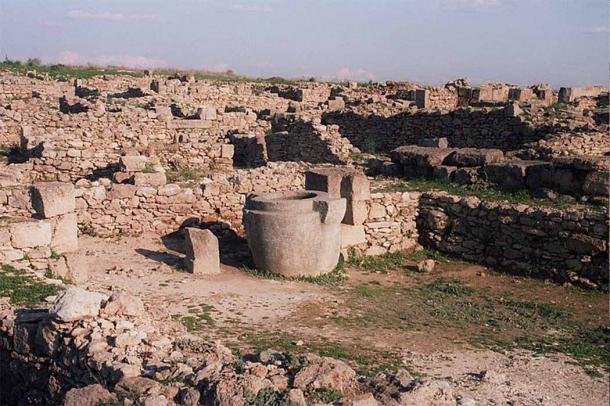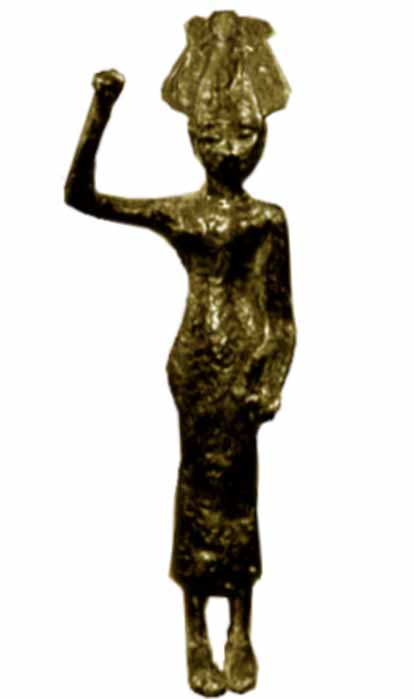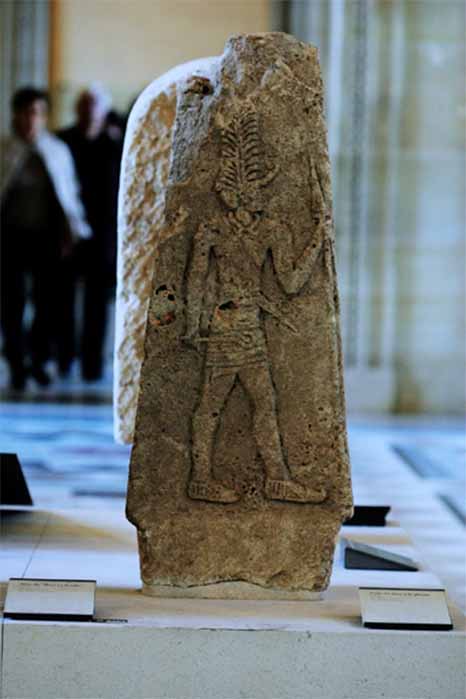
Our actual knowledge of Gods is mostly myth and all that but then supported by more recent reports from newly encountetred populations by explorers and missonaries who all had their own intellectual baggage.
Plenty of justification for sacrifice of whoever. A god story at least makes it all nice. Was that what drove these God tales? Not just the bloodthirsty whim of a BIG MAN? Was this how you rationalized those decissions to your tribe?
Actually this was going on right until the end when Christianity arose. Recall the Roman circus? That is why Christianity was a real revolution the ended all forms of sacrifice and also ultimately ended chattel slavery more recently.
.


Unmasking Ugarit’s Mysterious Asiatic King-God Commanding The Habiru
UPDATED 26 APRIL, 2023 - 18:13
WILLEM MCLOUD
https://www.ancient-origins.net/premium-preview/naram-sin-0018342?
A temple of the god, Baal, built in the ancient city of Ugarit, nowadays called Ras Shamra, on the north-eastern shores of the Mediterranean coast of Syria, date back to the beginning of the Middle Bronze Period (c. 2000 BC). The Baal worshipped here was Baal Sapan (Baal Zephon), the Baal of Mount Sapan, a celebrated peak in the Amanus, also called Hazzi. A king-god, shown with the features of a king but with the horns of divinity, is depicted on a stele found at this Baal Temple at Ugarit. He wears a neck-ring or torc similar to those worn by the warriors buried nearby. Who was this king-god and who were these strange people?
The ruins of the excavated city of Ras Shamra, or Ugarit ( LorisRomito /CC BY-SA 3.0 )
At this Baal Temple three stelae, similar to those found on the caravan routes from Egypt to Canaan, were discovered. One of them, unfortunately severely damaged, depicts a god only recognisable from the w3s-sceptre he carries. This is probably Seth, the Egyptian version of the weather god, worshipped here in northern Canaan where he was closely identified with this sceptre. Another stele shows a goddess clad in bird feathers, prefiguring the Canaanite Anat.

Anat (Anath), Canaanite goddess ( CC0)
On the third stele appears the image of a figure with a bare upper body, wearing an apron and a torc around the neck with sandals on his feet. In his left hand he holds a vertical spear and in his right hand the hiq (“head”) sceptre, commonly associated with Asiatic kings and princes. In his girdle appears a weapon, seemingly a dagger, and on his head a strange headpiece, perhaps a feather or plume, with a horn (one of a pair) on his forehead. This depiction of the headpiece is unique in ancient Canaanite iconography.

Display of the Feathered King Stele. Louvre Museum.( Rama /CC BY-SA 2.0 )
Who are depicted on these three stelae? As already mentioned, the first two gods apparently are Seth (Baal) and Anat, shown here in an early local Canaanite style. The inclusion of the third figure together with Baal and Anat shows that those people actively included another divine figure or king-god in their worship. Who then might this third figure be?
Egyptian Sopdu
This could very well be an early Canaanite version of the king-god venerated by the Egyptians as Sopdu, shown with Baal and Anat in the same way Sopdu was shown with them in the northern Delta, with the feathered/plumed headpiece a local rendition of Sopdu’s plumed headpiece.
No comments:
Post a Comment